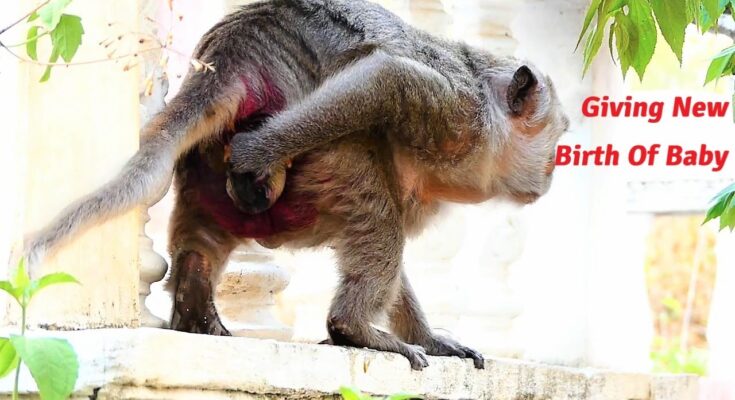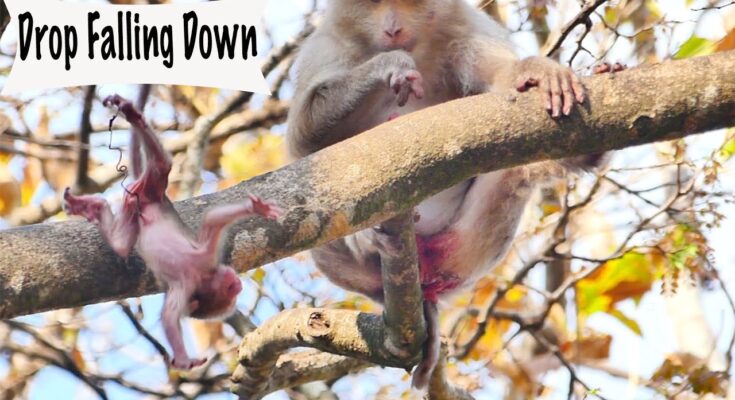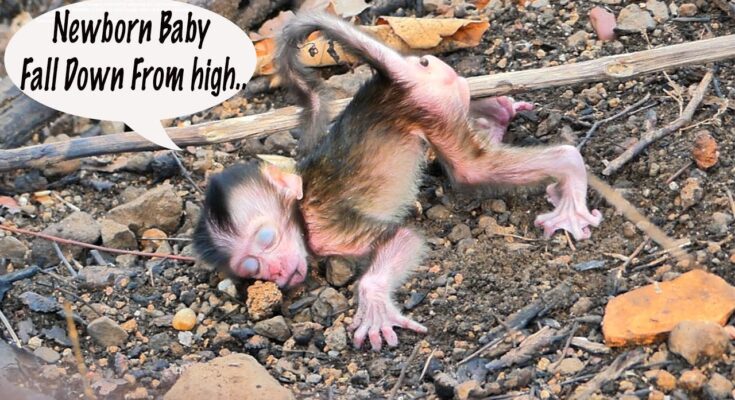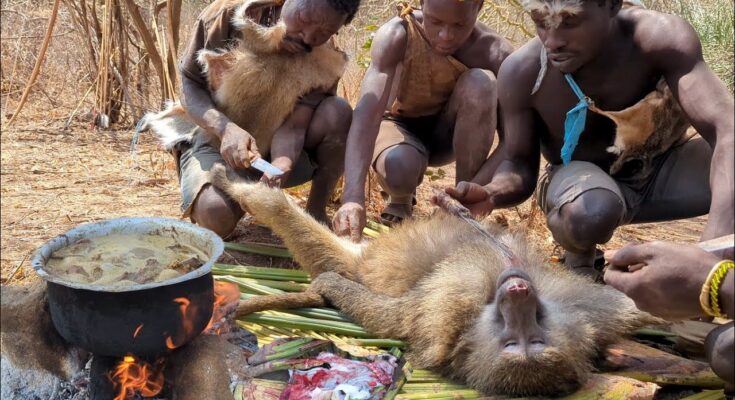The Hadzabe tribe, one of the last remaining hunter-gatherer communities in Africa, offers a glimpse into a way of life that has remained unchanged for centuries. Located in the heart of Tanzania, their daily practices are a fascinating mix of survival skills, deep respect for nature, and cultural heritage.
One of the most intriguing aspects of their lifestyle is their hunting practices, which sometimes include tracking and hunting wild baboons. This activity is both a test of skill and a demonstration of the tribe’s deep connection to their environment.
The Thrill of the Hunt
Hunting with the Hadzabe is an exhilarating experience. Armed with handmade bows and arrows, the hunters move silently through the bush, keenly observing animal tracks and listening for subtle sounds. Their ability to read the land and adapt to its challenges is nothing short of remarkable.
Baboons, being intelligent and quick, are not easy prey. The hunt often involves strategy and patience, as well as teamwork among the tribe members. Observing this process is not only thrilling but also provides a profound appreciation for the skills required to thrive in such an environment.
Sharing a Meal
Once the hunt is successful, the Hadzabe waste no time preparing their catch. Cooking is often done over an open fire, with minimal seasoning to preserve the natural flavors of the meat. Sharing a meal with the tribe is more than just eating; it is a communal activity that strengthens bonds and celebrates their connection to nature.
A Lesson in Sustainability
The Hadzabe’s hunting practices are a reminder of the delicate balance between humans and the environment. They take only what they need and utilize every part of the animal, ensuring nothing goes to waste. This sustainable approach stands in stark contrast to modern consumption habits and offers valuable lessons about living in harmony with nature.
A Rare Cultural Encounter
Visiting the Hadzabe tribe and experiencing their way of life, including their hunting traditions, is a rare privilege. It’s an opportunity to step back in time and witness a culture deeply rooted in ancestral practices. For those seeking a unique and transformative experience, spending time with the Hadzabe tribe is truly unforgettable.
Whether you’re a traveler, a culture enthusiast, or someone curious about ancient lifestyles, the Hadzabe tribe offers insights and memories that will stay with you forever.
Macaque Mother Gives Birth to Her Baby Naturally During the Daytime

The beauty of nature unfolds in countless ways, and witnessing a macaque mother giving birth is truly a breathtaking experience. In this instance, a macaque mother gave birth to her baby naturally during the daytime, showcasing the remarkable process of life in its purest form.
A Glimpse into the Miracle of Birth
Macaques are highly social and intelligent primates, and their maternal instincts are profound. The birthing process, while challenging, is a testament to the strength and resilience of macaque mothers. Giving birth during the day provides the advantage of better visibility, allowing the mother to stay aware of her surroundings and potential dangers.
The Birthing Process
- Labor Begins: The mother macaque shows signs of labor, including restlessness, changes in posture, and occasional vocalizations.
- Delivery: The baby macaque emerges after several contractions. Macaque mothers typically give birth unassisted, relying on instinct to guide them through the process.
- Cleaning the Baby: Immediately after birth, the mother cleans her baby by licking to remove membranes and stimulate breathing.
- Nurturing and Bonding: The baby clings to the mother’s fur, beginning the vital process of bonding and nursing.
Daytime Advantage for the Mother
Giving birth during daylight hours offers several benefits for macaques:
- Improved Safety: Daylight provides the mother with a clearer view of her environment, helping her stay alert to predators.
- Access to Resources: The daytime allows easier access to food and water after the birth, ensuring the mother stays nourished.
- Support from the Troop: In social groups, other members of the troop may offer protection or maintain vigilance during the birth.
The Role of the Baby
From the moment of birth, the baby macaque is dependent on its mother. The infant instinctively clings to the mother’s fur, seeking warmth and nourishment. Over the following weeks, the baby will continue to develop a strong bond with its mother, gaining the necessary skills to thrive in its environment.
A Symbol of Hope and Renewal
The sight of a macaque mother giving birth serves as a reminder of the resilience of life. It highlights the role of maternal care in ensuring the survival of the next generation. Observing this natural event is not only educational but also a heartwarming glimpse into the cycle of life in the animal kingdom.
This moment of daytime birth showcases the strength, instinct, and dedication of macaque mothers, ensuring the continuation of their species with love and care.
Heartbreaking Moment: Exhausted Newborn Mom Kicked from Tree After Giving Birth

Is a monkey the right pet for you? Explore the challenges and joys of living with these intelligent creatures
In a truly heart-wrenching scene captured in the wild, a newborn mom experienced the unimaginable just moments after giving birth. Exhausted and vulnerable, the mother, likely a primate, was forced out of a tree from a considerable height, leaving onlookers in shock and disbelief.
The Miracle of Birth in the Wild
Nature can be both beautiful and unforgiving. Giving birth in the wild is an arduous task, and mothers often endure extreme physical and emotional stress. For this mom, the ordeal didn’t end with the arrival of her baby; instead, her struggle took a tragic turn.
A Brutal Twist of Events
Moments after delivering her newborn, the mother faced an unexpected challenge. Whether due to territorial disputes, dominance, or social hierarchy within her group, she was pushed or forced out of the tree. This act of aggression highlights the harsh realities of survival in the wild.
A Testament to Strength and Resilience
Despite the incident, mother animals are known for their resilience and unwavering dedication to their offspring. It’s a poignant reminder of the incredible sacrifices made by mothers, human or animal, to ensure the well-being of their young.
How Can We Help?
Scenes like these bring to light the importance of conservation and the need to protect wildlife and their habitats. Understanding animal behavior and ensuring their safety can lead to better coexistence between humans and nature.
This heartbreaking incident is a reminder of the raw beauty and harshness of the natural world. Let us work together to appreciate and protect the incredible creatures that share our planet.
Tragic Story: Newborn Monkey’s Heartbreaking Journey from Birth to Death After Being Abandoned by Its Mother 😢

The Amazing Talents of Monkeys and Baby Monkeys
Monkeys are fascinating creatures, often admired for their intelligence, agility, and emotional depth. These qualities make them stand out in the animal kingdom. In this article, we’ll uncover the special talents of monkeys and their adorable offspring, baby monkeys, showcasing why they continue to captivate us.
Monkeys: Masters of Intelligence and Adaptability
- Problem-Solving Abilities
Monkeys are exceptionally clever, often solving puzzles and overcoming challenges in their environment. For instance, many species use tools like sticks to extract termites from mounds or crack open nuts, demonstrating an advanced understanding of their surroundings. - Social Skills
Monkeys thrive in communities, creating intricate social hierarchies. They use a variety of gestures, facial expressions, and vocalizations to communicate, build bonds, and maintain order within their groups. - Agility and Physical Prowess
Known for their athletic abilities, monkeys effortlessly swing through trees, leap across distances, and navigate complex terrains. This skill not only helps them evade predators but also aids in finding food in hard-to-reach places.
Baby Monkeys: Born to Learn and Adapt
Baby monkeys are equally remarkable, showing unique talents from a young age.
- Rapid Learning
From birth, baby monkeys learn by observing their mothers and other members of their troop. This includes mimicking behaviors like foraging, grooming, and climbing, which are essential for their survival. - Playful Curiosity
Play is an important part of a baby monkey’s development. Through playful interactions, they develop motor skills, strengthen bonds with their peers, and learn the social rules of their group. - Emotional Expressions
Baby monkeys display emotions such as joy, fear, and curiosity through their facial expressions and body language, drawing parallels to human infants. This emotional depth makes them endearing and relatable.
Fun Fact: Monkeys and Art!
Did you know some monkeys have been trained to create simple paintings? Their creativity has been a source of wonder and entertainment for humans worldwide, further showcasing their intelligence.
Monkeys and baby monkeys remind us of the beauty of nature’s diversity. Their incredible talents, from problem-solving to emotional expression, inspire us to appreciate the wonders of wildlife.



